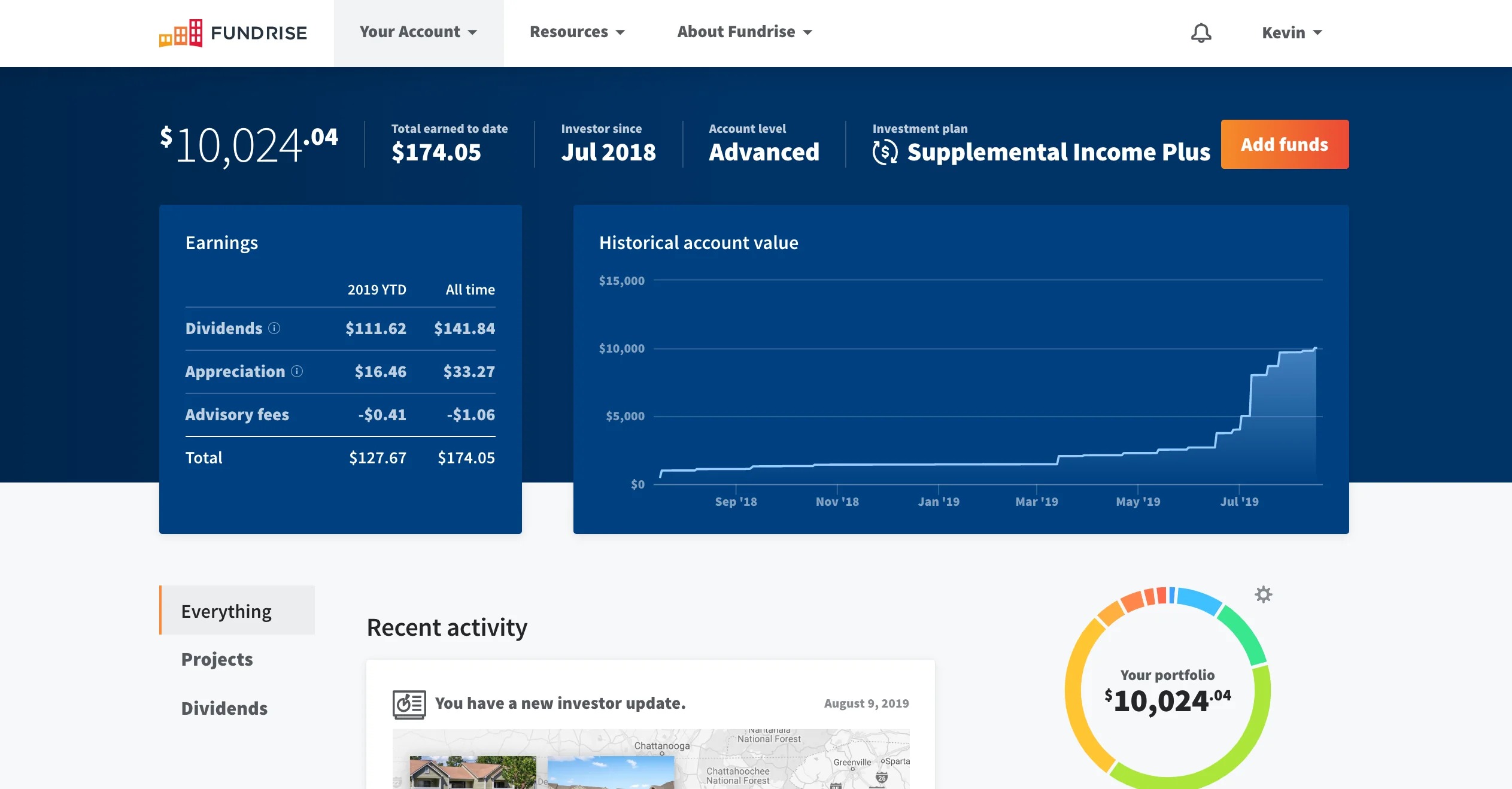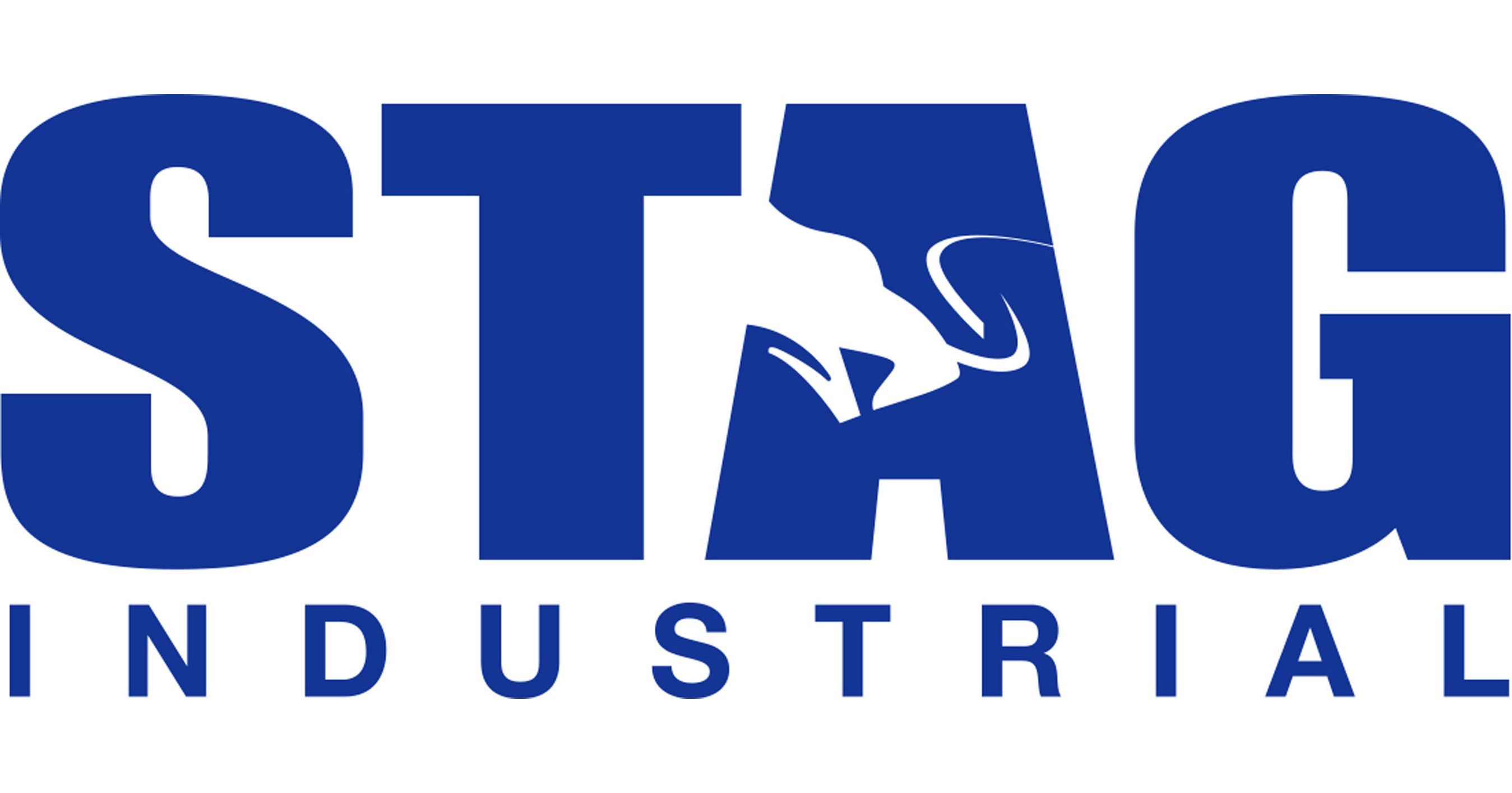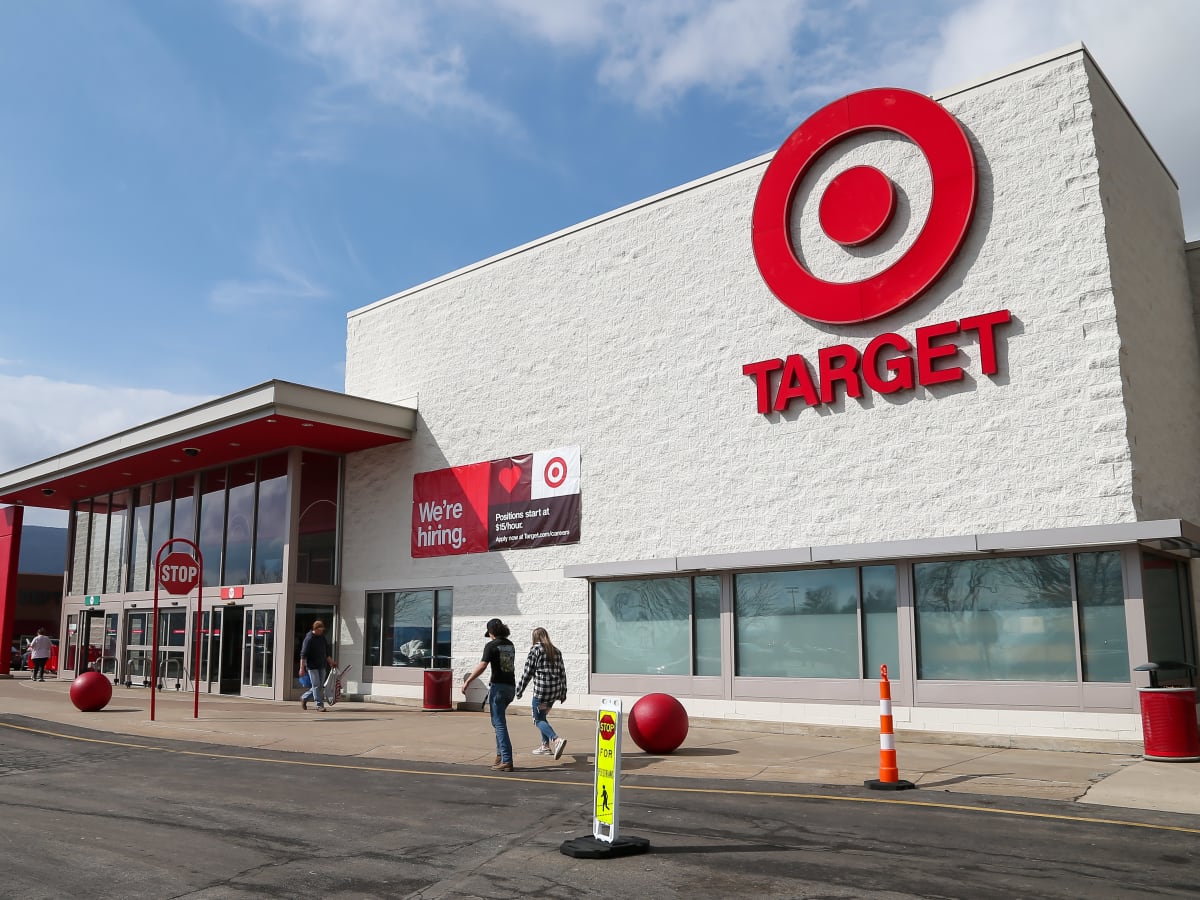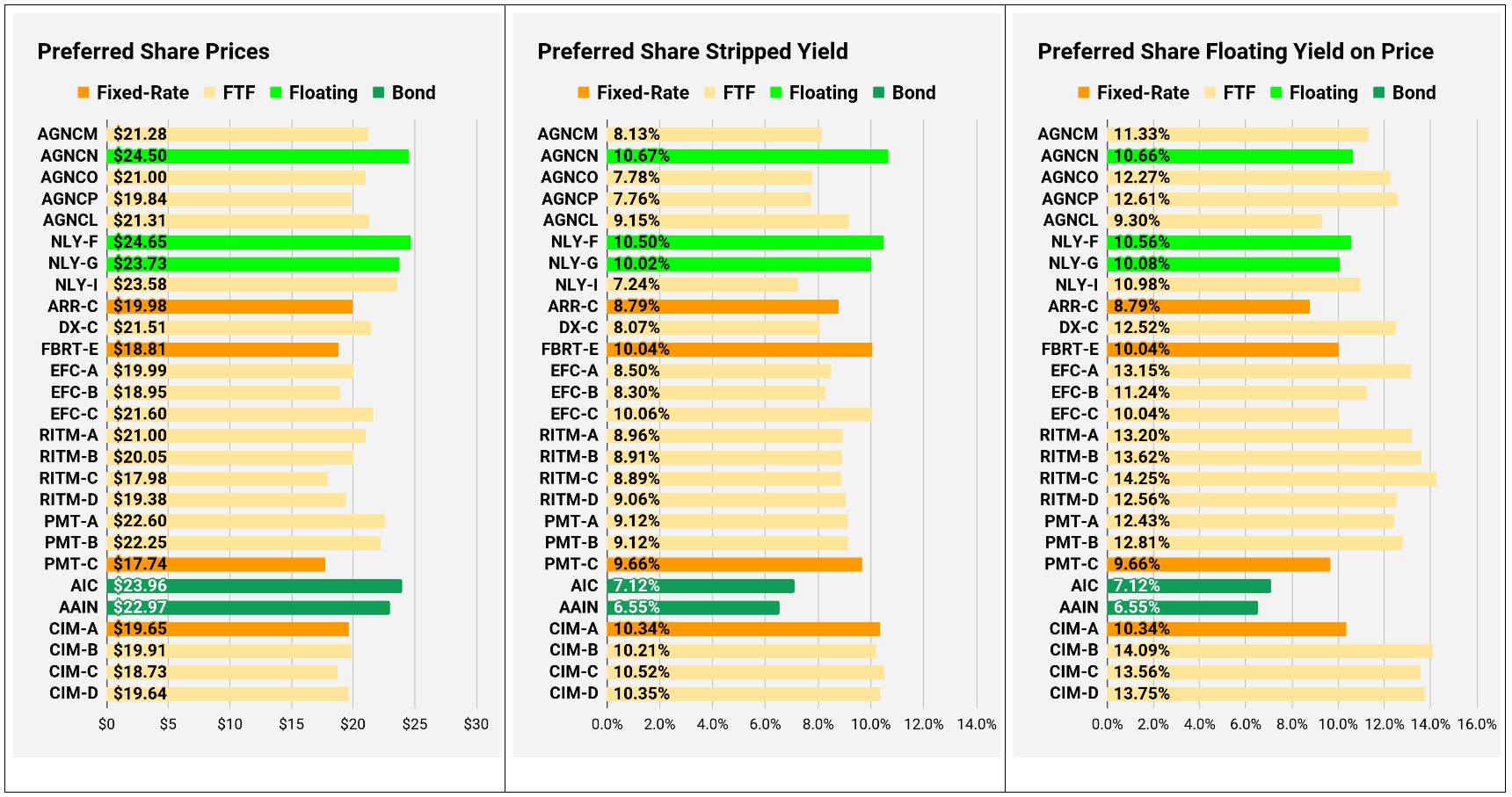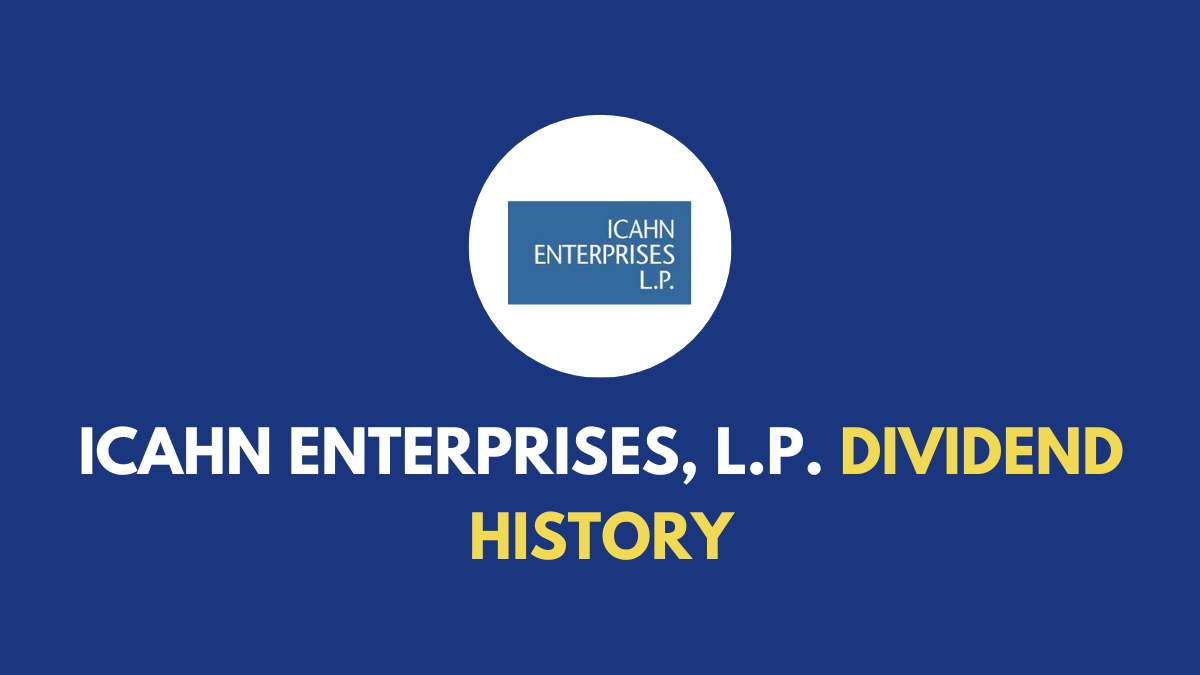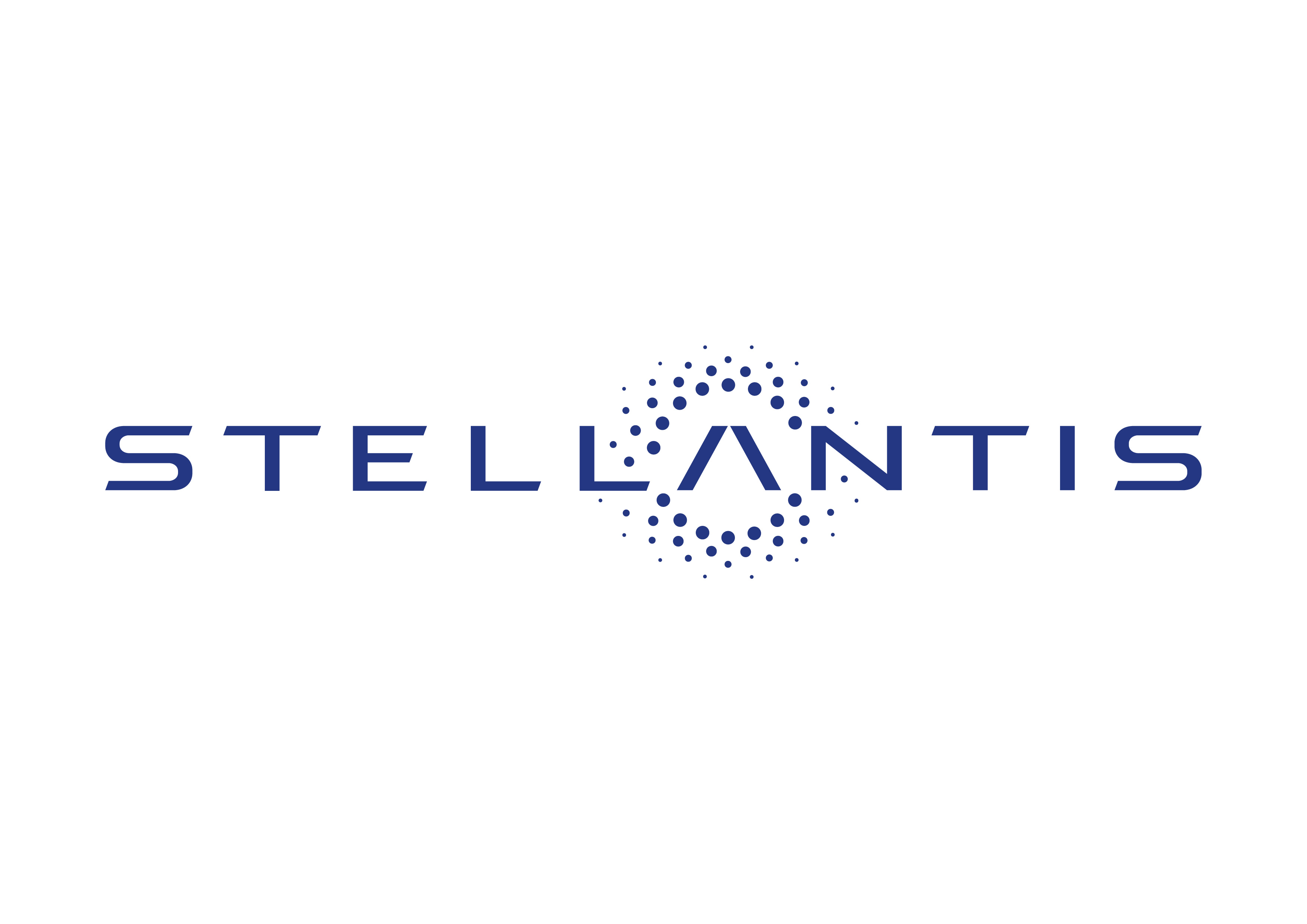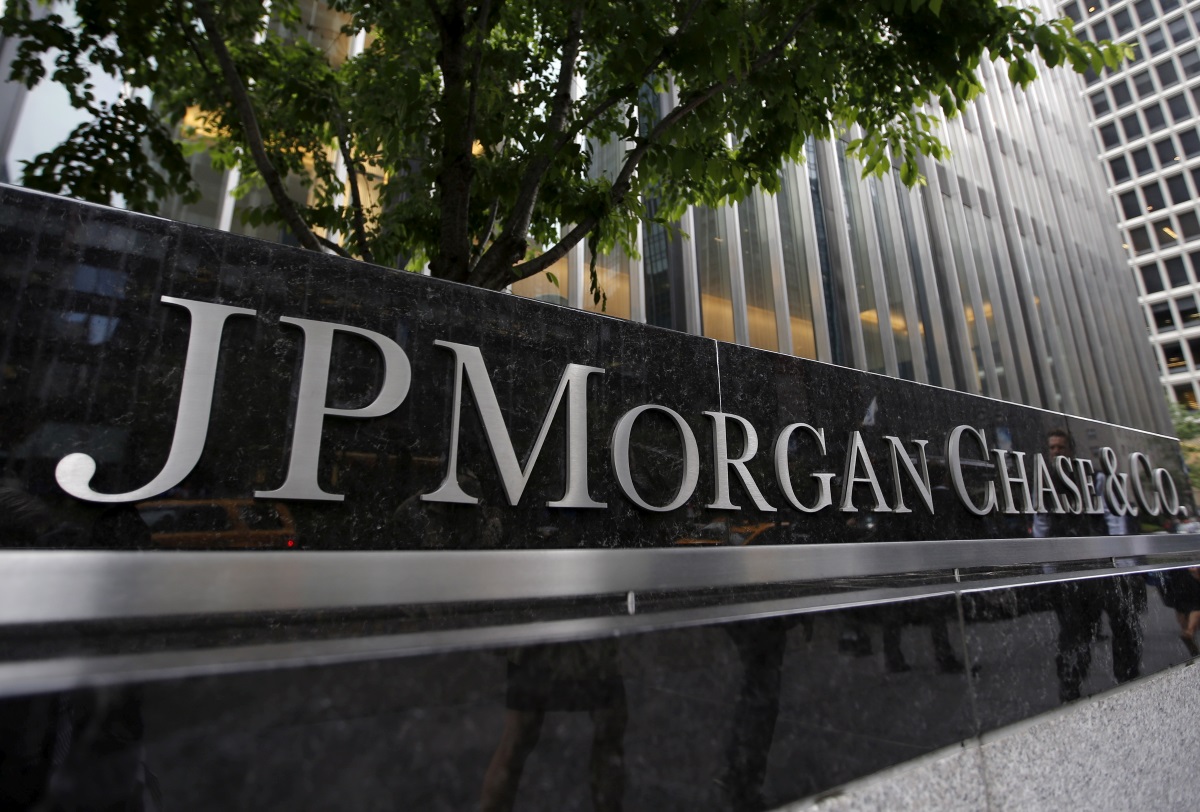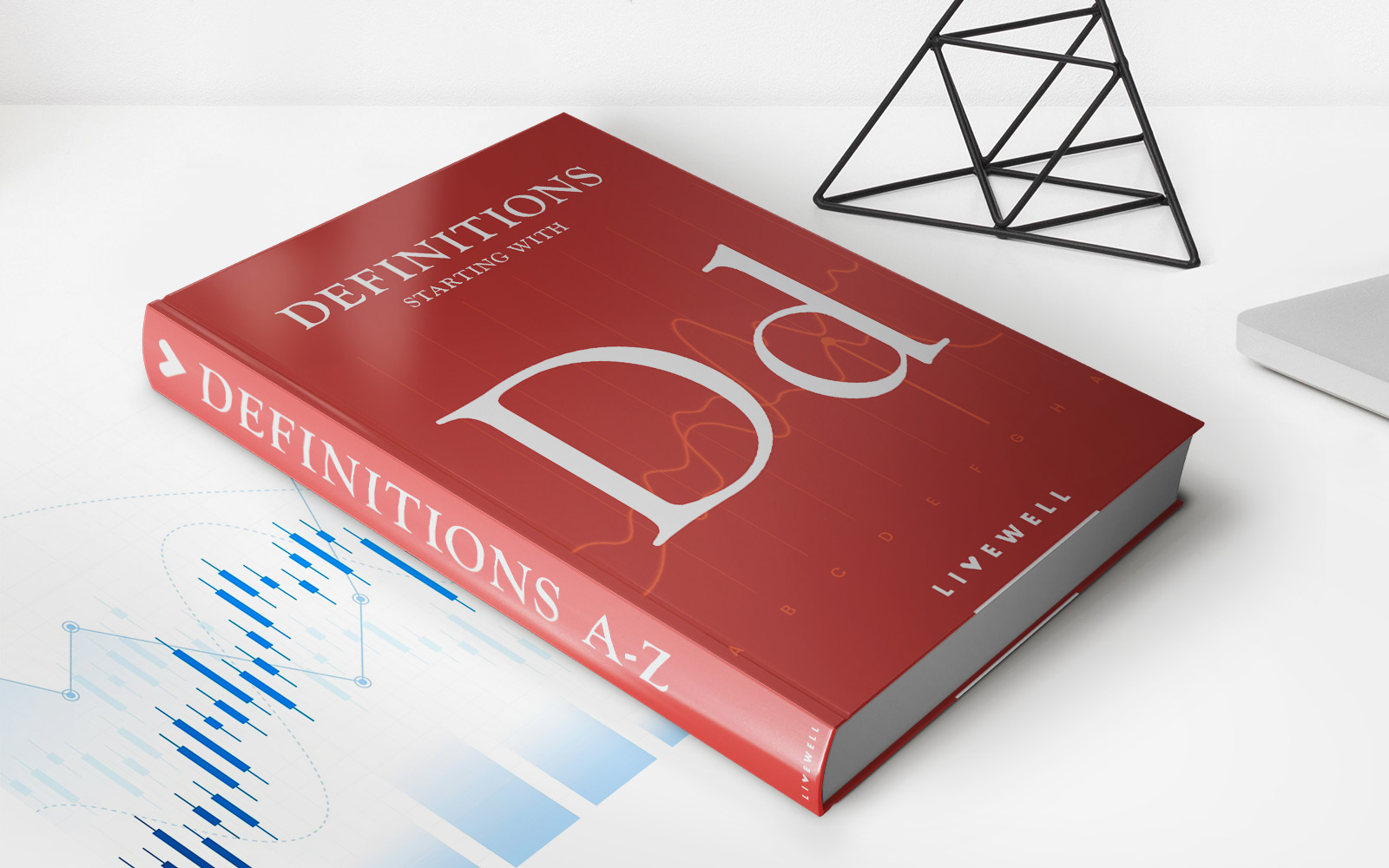

Finance
How Often Does Enbridge Pay Dividends
Published: January 3, 2024
Learn about Enbridge's dividend payment frequency and gain insights into how often they pay dividends in the finance industry.
(Many of the links in this article redirect to a specific reviewed product. Your purchase of these products through affiliate links helps to generate commission for LiveWell, at no extra cost. Learn more)
Table of Contents
Introduction
Welcome to our comprehensive guide on Enbridge’s dividend payment schedule. Enbridge, a leading energy infrastructure company, is well-known for its consistent dividend payments. For investors seeking a reliable income stream, dividends can be an appealing aspect of their investment strategy. In this article, we will explore how often Enbridge pays dividends and provide you with valuable insights into their dividend payment history.
Before diving into the specifics, let’s take a brief look at Enbridge. Founded in 1949, Enbridge is a Canadian-based company specializing in the transportation, distribution, and generation of energy. They operate one of the largest pipeline networks in North America, transporting energy products such as crude oil, natural gas, and liquids. Enbridge plays a crucial role in delivering energy resources to consumers, businesses, and other end-users.
Dividends, in simple terms, are payments made by a company to its shareholders as a portion of its earnings. These payments are typically distributed in the form of cash, additional shares, or other financial instruments. Dividends are a way for companies to share their profits with their investors, providing them with an incentive to hold onto their stock and often attracting new investors.
For Enbridge investors, understanding the frequency and reliability of dividend payments is essential. Let’s delve into Enbridge’s dividend payment history to gain a better understanding of how often they pay dividends and the factors that influence their dividend payments.
Overview of Enbridge
Enbridge is a leading energy infrastructure company that operates an extensive network of pipelines and utilities, delivering vital energy resources across North America. Established in 1949, Enbridge has grown into one of the largest energy infrastructure companies in the world.
The company’s operations are primarily focused on three main segments: Liquids Pipelines, Gas Transmission and Midstream, and Gas Distribution and Storage. Enbridge’s Liquids Pipelines segment is responsible for transporting and storing crude oil, natural gas liquids, and refined products through a vast network of pipelines and terminals.
The Gas Transmission and Midstream segment operates natural gas pipelines and storage facilities, ensuring the efficient and reliable delivery of natural gas to markets. Enbridge’s Gas Distribution and Storage segment provides natural gas distribution services to residential, commercial, and industrial customers in select regions.
Enbridge’s extensive infrastructure network plays a pivotal role in meeting the growing energy demands of North America. With a focus on safety, reliability, and environmental stewardship, the company is committed to providing secure and sustainable energy transportation solutions.
As an energy infrastructure company, Enbridge generates revenue primarily through long-term contracts with its customers. These contracts provide a stable and predictable income stream for the company, enabling them to consistently reward shareholders through dividend payments.
With its strong market presence, robust financial position, and commitment to environmental and social responsibility, Enbridge has established itself as a trusted player in the energy industry. The company’s dedication to safety and sustainability has earned them recognition as an industry leader in corporate social responsibility.
Now that we have a better understanding of Enbridge’s operations and market position, let’s delve deeper into the concept of dividends and explore how they factor into Enbridge’s overall financial strategy.
Understanding Dividends
Dividends are a key component of investing in stocks and can provide investors with a steady stream of income. When a company earns profits, it has several options for utilizing those earnings. One option is to reinvest the profits back into the business for growth and expansion. Another option is to distribute the profits to shareholders in the form of dividends.
Dividends are typically paid out on a per-share basis to individuals who hold shares of the company’s stock. The amount of the dividend can vary based on various factors, including the company’s profitability, financial health, and strategic priorities.
Investors who rely on dividend income often appreciate the stability and regularity of dividends. Dividend payments can provide a consistent income stream, especially for retirees or those seeking passive income. They can also be an attractive feature for long-term investors looking to accumulate wealth over time.
It is important to note that not all companies pay dividends. Some companies, particularly in sectors that require significant reinvestment of earnings for growth, may choose to prioritize reinvesting profits back into the business rather than making regular dividend payments.
When evaluating a company’s dividends, investors consider a few key factors:
- Dividend Yield: The dividend yield indicates the annual dividend payment as a percentage of the stock’s current market price. It helps investors assess the relative return on investment they can expect from holding a particular stock.
- Dividend Payout Ratio: The dividend payout ratio measures the proportion of earnings that a company distributes to shareholders as dividends. It provides insights into the company’s willingness to share profits with shareholders and its ability to sustain dividend payments in the long run.
- Dividend Growth: Dividend growth refers to the rate at which a company increases its dividend payout over time. Consistent and healthy dividend growth can be an indicator of a company’s financial strength and stability.
Understanding these factors can help investors make informed decisions when considering dividend-paying stocks. Now that we have a grasp of what dividends are and how they function, let’s delve into Enbridge’s dividend payment history and explore how often they distribute dividends to their shareholders.
Enbridge’s Dividend Payment History
Enbridge has a long-standing history of dividend payments, making it an attractive choice for income-seeking investors. The company’s commitment to providing consistent and reliable dividends has allowed them to build a solid reputation in the market.
Enbridge began paying dividends in 1953 and has maintained an unbroken track record of dividend payments ever since. This impressive history of continuous dividend payments reflects the company’s financial stability and ability to generate steady cash flows.
Over the years, Enbridge has demonstrated its commitment to increasing dividends, with a consistent record of dividend growth. The company understands the importance of rewarding shareholders and has implemented a disciplined approach to managing its dividend policy.
The dividend growth rate of Enbridge has been particularly notable. Over the past decade, Enbridge has achieved an average annual dividend growth rate of X%, showcasing its dedication to enhancing shareholder value.
Enbridge recognizes the importance of maintaining a sustainable dividend payment plan, balancing the expectations of shareholders with the need for financial prudence. The company strives to align its dividend payments with its underlying financial performance, ensuring that dividends are both meaningful and sustainable in the long term.
In addition to consistent and growing dividends, Enbridge has implemented a dividend reinvestment plan (DRIP), allowing shareholders to reinvest their dividends to acquire additional company shares without incurring brokerage fees. This program provides an opportunity for investors to compound their returns over time and potentially increase their ownership in the company.
Enbridge’s dividend payment history is a testament to the company’s commitment to delivering shareholder value. The consistent and growing dividends, coupled with the company’s strong financial position, position Enbridge as an attractive investment option for income-seeking investors.
Now that we have explored Enbridge’s dividend payment history, let’s delve into the factors that influence the company’s dividend payments and its dividend growth rate.
Factors Affecting Enbridge’s Dividend Payments
Enbridge’s dividend payments are influenced by various factors that impact the company’s financial performance and strategic priorities. Understanding these factors can provide valuable insights into the sustainability and potential growth of Enbridge’s dividend payments. Let’s explore some of the key factors affecting Enbridge’s dividend payments:
- Earnings and Cash Flow: Enbridge’s dividend payments are primarily funded through its earnings and cash flow. As a result, the company’s ability to generate consistent and growing profits is a critical factor in determining the amount of dividends it can distribute to shareholders.
- Commodity Prices: Enbridge operates in the energy sector, which is greatly influenced by commodity prices. Fluctuations in crude oil, natural gas, and other energy prices can impact the company’s profitability and cash flow, which may, in turn, affect its ability to increase or maintain dividend payments.
- Investment and Growth Opportunities: Enbridge continually evaluates investment opportunities in expanding its energy infrastructure network. The company strategically invests in projects that are expected to generate long-term cash flows. These investments can temporarily impact dividend payments, as a portion of earnings may be allocated towards growth initiatives.
- Regulatory Environment: Enbridge operates in a regulated industry and is subject to government policies and regulations. Changes in regulations, including those related to pipeline operations and environmental standards, can affect the company’s operational costs and profitability, potentially impacting dividend payments.
- Debt Levels and Financial Flexibility: Enbridge’s capital structure and debt levels play a role in determining the company’s financial flexibility and ability to meet its long-term obligations, including dividend payments. Maintaining an appropriate balance between debt and equity helps ensure that the company can sustain and grow dividend payments over time.
- Market Conditions and Investor Expectations: The broader market conditions and investor sentiment can influence Enbridge’s dividend policy. Investor expectations for dividend growth, industry conditions, and competitive pressures can all impact the company’s strategic decisions regarding dividend payments.
Enbridge closely monitors and evaluates these factors to determine the appropriate level of dividend payments. The company aims to strike a balance between rewarding shareholders through dividends and allocating capital towards growth opportunities, while maintaining a strong financial position.
By considering these factors, investors gain a better understanding of the potential risks and opportunities associated with Enbridge’s dividend payments. Now, let’s explore the dividend growth rate of Enbridge over the years to determine the company’s historical performance in rewarding shareholders.
Enbridge’s Dividend Growth Rate
Enbridge has a strong track record of consistently increasing its dividend payments, making it an appealing choice for dividend growth investors. The company’s focus on delivering sustainable and growing dividends reflects its commitment to providing long-term value to shareholders.
Over the past decade, Enbridge has achieved an impressive average annual dividend growth rate of X%. This consistent dividend growth demonstrates the underlying financial strength and stability of the company. Enbridge’s ability to increase dividend payments speaks to its successful execution of its growth strategy and its ability to generate steady cash flows.
The company’s dividend growth rate is a function of various factors, including earnings growth, operational performance, and the strategic allocation of capital. Enbridge aims to maintain a balanced approach to dividend growth, ensuring that dividends are aligned with the company’s financial health and long-term sustainability.
Enbridge’s dividend growth rate reflects management’s commitment to enhancing shareholder value and rewarding investors for their trust in the company. The company’s consistent and growing dividends can provide investors with a reliable income stream and the potential for capital appreciation over time.
It’s important to note that the dividend growth rate can fluctuate from year to year based on various market and company-specific factors. Changes in commodity prices, regulatory developments, or shifts in market conditions can impact Enbridge’s dividend growth rate. However, Enbridge’s solid financial position and strategic focus on generating sustainable cash flows provide a strong foundation for the company to continue its dividend growth trajectory.
Investors considering Enbridge as a dividend growth investment should carefully evaluate the company’s historical dividend growth rate, as well as factors that may influence future dividend growth. An analysis of Enbridge’s dividend growth rate can help investors assess the company’s ability to consistently increase dividends over time.
Now that we understand the dividend growth rate of Enbridge, let’s take a look at the schedule and frequency at which the company pays dividends.
Enbridge’s Dividend Payment Schedule
Enbridge follows a regular and predictable dividend payment schedule, providing shareholders with a clear understanding of when to expect dividend distributions. The company adheres to a quarterly dividend payment schedule, with dividends typically paid out in the months of March, June, September, and December.
Enbridge announces its dividend declarations well in advance, usually a few weeks before the payment date. This allows investors to plan and anticipate the receipt of dividend income. The specific dates for dividend declaration, ex-dividend, record, and payment are typically provided by the company in its financial statements and investor communications.
The ex-dividend date is an important consideration for investors. It is the date on which a stock begins trading without the value of the upcoming dividend. To be eligible to receive the dividend, investors must purchase the stock before the ex-dividend date. Any shares purchased on or after the ex-dividend date will not receive the current dividend payment but would be eligible for future dividend payments.
Enbridge distributes its dividends in the form of cash payments to shareholders who hold the company’s stock on the record date. The record date is the date on which the company reviews its shareholder records to determine the eligible shareholders who will receive the dividend payment.
It is worth noting that dividend payments can be subject to taxes, varying depending on the jurisdiction and the investor’s individual tax situation. Shareholders should consult with their tax advisors to understand the tax implications associated with Enbridge’s dividend payments.
Enbridge’s commitment to a quarterly dividend payment schedule exemplifies its focus on providing consistent and reliable returns to shareholders. This regular dividend payment schedule can be appealing to both income-seeking investors and those looking to accumulate wealth over time through dividend reinvestment strategies.
As with any investment, it is important for investors to stay updated on Enbridge’s dividend payment schedule and any changes or announcements made by the company. Utilizing resources such as the company’s investor relations website, financial statements, and news releases can help investors stay informed about dividend payments and other relevant updates.
Now that we have explored Enbridge’s dividend payment schedule, let’s summarize the key insights and conclude our comprehensive guide on Enbridge’s dividend payments.
Conclusion
In conclusion, Enbridge is a renowned energy infrastructure company that offers investors an attractive opportunity for dividend income. With a long-standing history of dividend payments and a solid track record of dividend growth, Enbridge has established itself as a reliable choice for income-seeking investors.
Enbridge’s commitment to delivering consistent and growing dividends reflects the company’s financial stability, strategic focus, and dedication to providing shareholder value. The company follows a quarterly dividend payment schedule, outlining specific dates for dividend declaration, ex-dividend, record, and payment.
Factors such as earnings and cash flow, commodity prices, investment opportunities, regulatory environment, debt levels, and market conditions influence Enbridge’s dividend payments. Monitoring and understanding these factors can help investors assess the sustainability and potential growth of Enbridge’s dividends.
Enbridge’s dividend growth rate demonstrates the company’s ability to increase dividend payments over time, reflecting its financial strength and commitment to rewarding shareholders. Investors seeking a consistent income stream and potential for long-term dividend growth may find Enbridge an attractive investment option.
It is important for investors to stay informed about Enbridge’s dividend payment schedule and any relevant announcements or changes made by the company. Utilizing available resources, such as the company’s investor relations website and financial statements, can help investors track dividend payments and make informed investment decisions.
Overall, Enbridge’s consistent dividend payments, coupled with its position in the energy infrastructure sector, make it an appealing choice for investors seeking income and potential capital appreciation. As with any investment, it is advisable for investors to conduct their own research and consult with financial advisors to determine if Enbridge aligns with their investment goals and risk tolerance.

